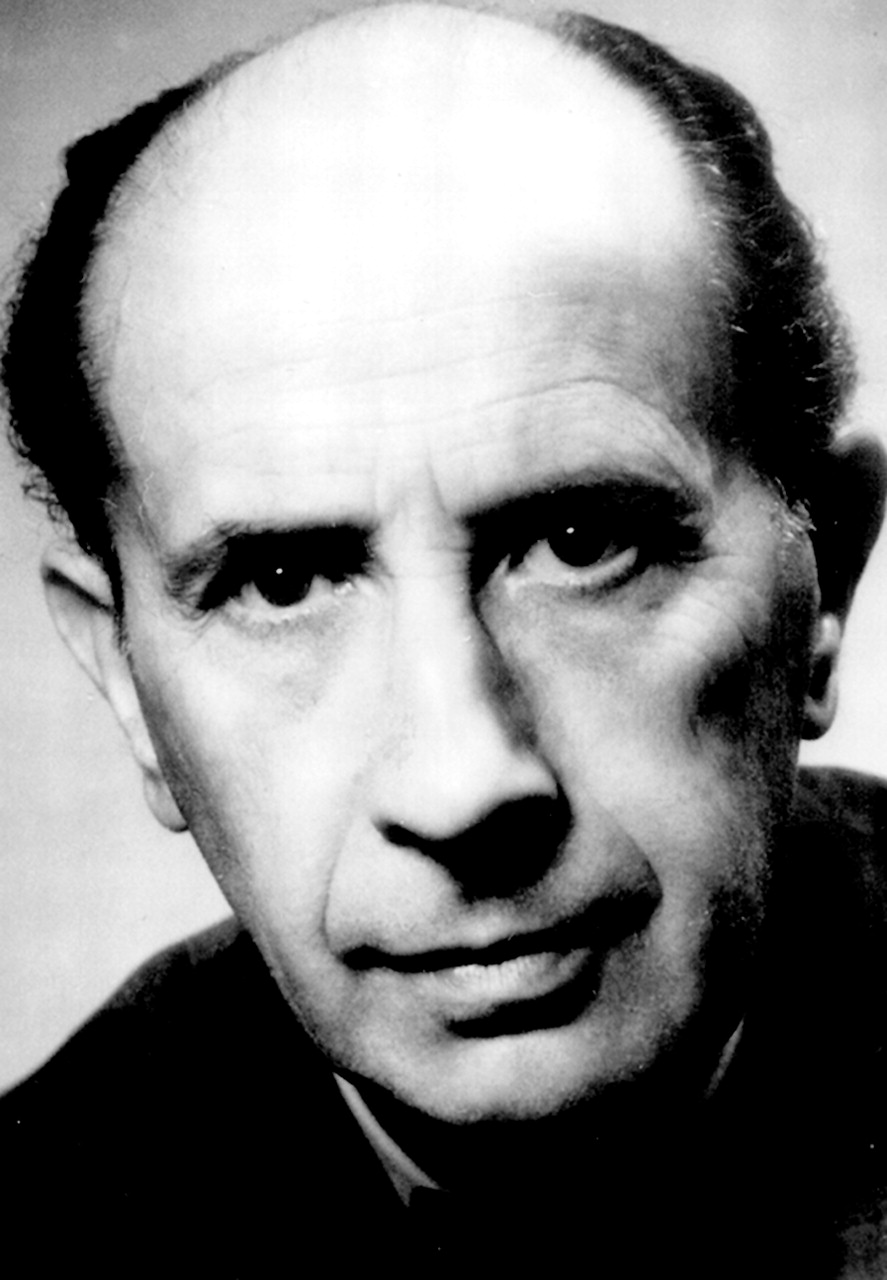Karl Kleist aspired to take up neuropsychiatry under the most prominent figures of his time. Theodor Ziehen exposed him to Ernst Mach’s empiriocriticism, and Carl Wernicke exposed him to Gustav Theodor Fechner’s psychophysics. Struck by Wernicke’s premature death, Kleist was determined to advance descriptive psychopathology and neuropsychology. His meticulous observations of mental and psychomotor phenomena were framed by Wernicke’s psychic reflex arc, Theodor Meynert’s cerebral connectionism, and associationism. While directing neurological departments at World War I military hospitals, Kleist confirmed similarities between organic mental disorders and endogenous psychoses. Consequently, he identified the latter with less crude manifestations of a related subcortical or cortical pathogenesis. In 1920, Kleist accepted a call to Frankfurt am Main and under his leadership, the Frankfurt School raised sound representatives of psychiatry, neurology, and neurosurgery (e.g., Karl Leonhard, Peter Duus, and Traugott Riechert). Kleist founded the Frankfurt Research Center on Brain Pathology and Psychopathology—an endeavor that illustrated his preference for empirical research and psychophysical body-mind parallelism.
Kleist deserves credit for isolating symptomatic (especially influenzal) psychoses, involutional paranoia, episodic twilight states, object- and form-blindness (preceding Derek Denny-Brown’s amorphosynthesis), frontal akinesia and aspontaneity as well as frontal, constructional, limb-kinetic (innervatory), and psychomotor apraxias, e.g., with pure motor negativism (“Gegenhalten”) and automatic motion obedience (“Mitmachen”). Studying cerebral lesions, Kleist refined Wernicke’s typology of aphasias and stratified his structural theory of consciousness. He assembled psychopathological symptoms in semiologic complexes similar to Alfred Erich Hoche’s axis-syndromes. For these syndromes, opposite poles were recognized to facilitate empathic access to a given patient. Furthermore, Kleist combined Wernicke’s syndromatic and Emil Kraepelin’s prognostic principles to classify endogenous psychoses far beyond the genuine Kraepelinian dichotomy. Avoiding hybridization hypotheses, Kleist accommodated bipolar manic-depressive illness, unipolar affective disorders, and marginal (atypical, particularly cycloid) psychoses to phasophrenias. Schizophrenias were restricted to rather guarded long-term catamnestic outcomes (“dementia praecox”). Challenging Bleulerian notions of primary symptoms, Kleist conceptualized schizophrenias as conditions affecting various psychic systems: If specific psychic systems were afflicted in either a simple or combined form (e.g., systems of bestirring and striving in catatonias, affective systems in hebephrenias), schizophrenias were regarded as systematic. Leonhard’s description of unsystematic (extensive) forms of the schizophrenias later completed the Wernicke-Kleist-Leonhard classification of endogenous psychoses. This classification continues to yield seminal insights into both psychopathology and biological psychiatry.


